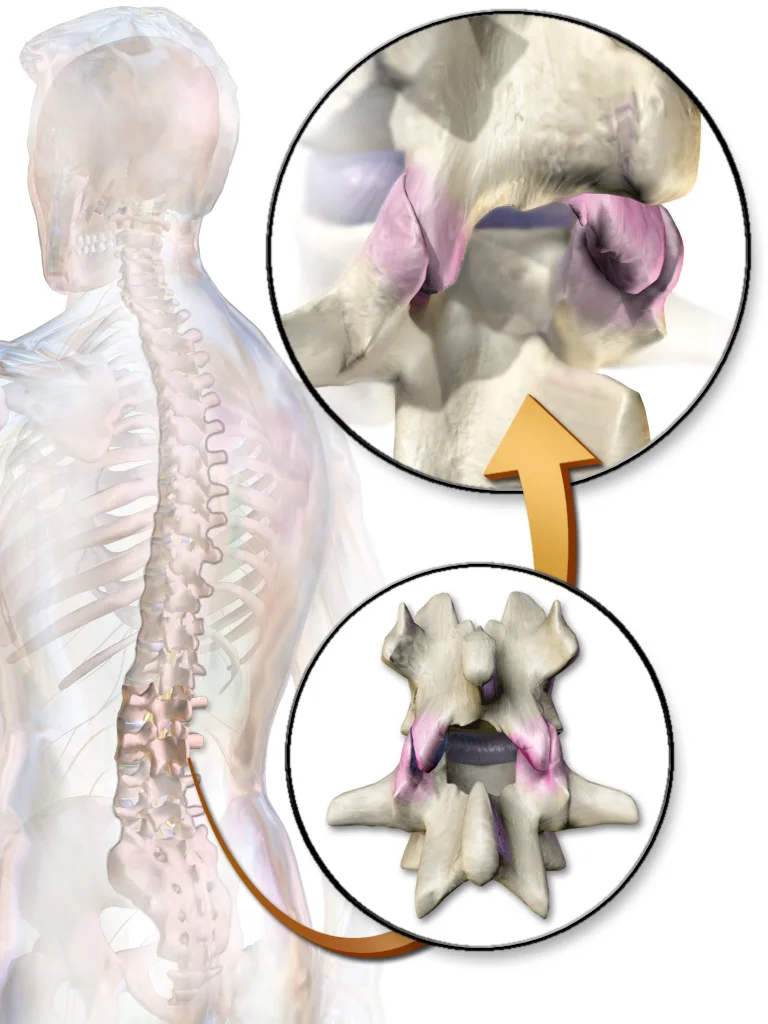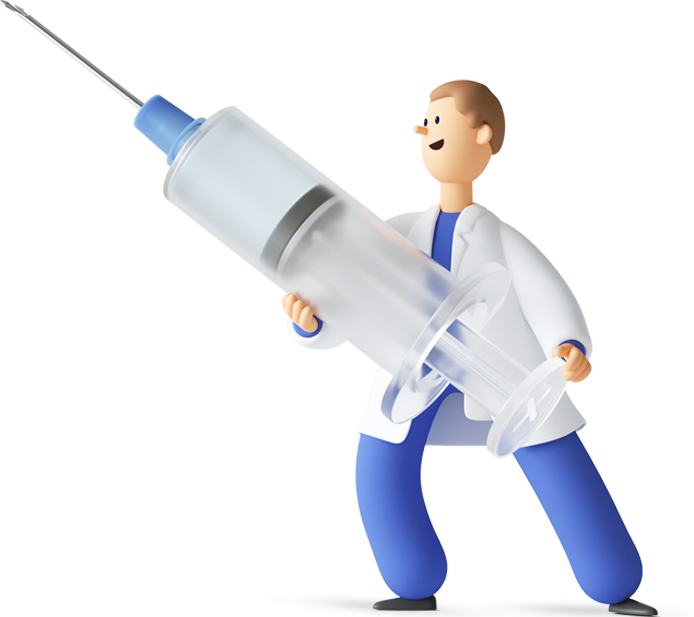Nonsurgical Relief for Joint Pain
Joint Pain
Approximately 15 million Americans live with joint pain, an issue that can only grow worse without treatment. As an experienced pain management specialist in Bensalem, PA, Beth Chekemian, DO, has advanced training in managing acute and chronic pain conditions such as those that cause joint pain and other issues.
To find nonsurgical relief for your joint pain, call Academic Pain & Spine or schedule an appointment online today.
What is joint pain?
Joint pain occurs anywhere in your body where more than one bone comes together. These areas are known as joints and create flexibility in your skeleton. Some joints remain fixed in place with fibrous, connective tissue, while other joints move smoothly against each other thanks to cartilage, a protective tissue that cushions the ends of your bones.
You can develop joint pain for several reasons, such as:
- Gout
- Bursitis
- Tendinitis
- Arthritis
If you have joint pain in your back, it’s usually due to facet joint syndrome.
What is facet joint syndrome?
Your facet joints connect the vertebrae on your back. These special joints provide the flexibility in your spine that allows you to bend and twist. With facet joint syndrome, you have osteoarthritis in your spine. This degenerative joint condition develops when cartilage in your spine wears away, causing your bones to rub against each other.
Facet joint syndrome causes a variety of symptoms, including:
- Difficulty rising from a chair
- Discomfort when leaning back
- Challenges bending, turning, or straightening your spine
- Pain, muscle weakness, or numbness in areas associated with the affected joint
You can develop facet joint syndrome in any region of your spine.

How is joint pain diagnosed?
Dr. Chekemian diagnoses the cause of joint pain by performing a comprehensive exam. This assessment usually involves physically evaluating the site of your pain, reviewing your personal history, and discussing your symptoms.
In some cases, Dr. Chekemian might recommend additional diagnostic testing like X-rays and MRIs, electromyography (EMG), or nerve conduction studies.
How is joint pain treated?
After identifying the cause of your joint pain, Dr. Chekemian develops a personalized treatment strategy that might include:
- Hot and cold therapy
- Medications, like pain relievers and anti-inflammatories
- Physical therapy
We Work With Most Insurance Companies
To learn more if you’re suffering from joint pain


- Robert Truitt, Google Review
"Very caring Dr. and staff. Dr. Chekemian treats her patients like family."
Joint Pain
- Most Major Insurances Accepted
- Personalized Treatment
- Board Certified Doctor
- Get Your Life Back
- Get Relief for Your Chronic Pain
- Comprehensive Pain Solutions
- Flexible Hours
